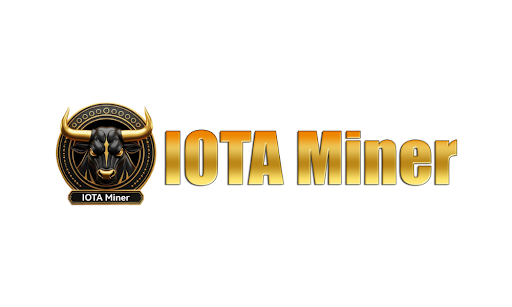Web3 Gaming Market Contracts Amid Unsustainable Models and Player Exodus

Web3 gaming experienced a severe contraction in the second quarter of 2025. According to CoinDesk, daily unique active wallets fell 17% quarter-over-quarter. Funding collapsed 93% year-over-year to $73 million. This represents the lowest quarterly investment total in two years.
The downturn led to more than 300 Web3 game shutdowns in Q2 2025 alone. DailyCoin reports that 93% of over 3,200 analyzed GameFi projects are now considered dead. These projects lost 95% of their token value. Daily active users dropped below 100 per project. The average GameFi project lifespan is just four months.
Each year, 316 new Web3 gaming projects launch on average. However, 262 projects disappear annually. This creates a net loss in the ecosystem despite continuous new development.
Player Losses Mount as Financial Models Fail
The collapse has left players holding worthless digital assets. Many purchased NFTs and tokens expecting returns that never arrived. Splinterlands launched a $500,000 recovery fund to assist players affected by failed projects. This seven-year initiative offers verified claim tokens providing financial restitution.
The fund represents an unusual acknowledgment of systematic failures across the Web3 gaming sector. Players who invested in projects based on promises of ownership and earnings now face near-total losses. The recovery initiative aims to restore trust in an ecosystem where most participants lost money.
Of the $73 million raised in Q2 2025, nearly 75% went to infrastructure projects rather than game studios. Investors now prioritize foundational technologies like real-time game engines and asset distribution layers. This shift reflects recognition that existing games failed to deliver sustainable experiences.
Speculation Over Gameplay Created Systemic Weakness
The fundamental problem centers on unsustainable tokenomics models. CCN reports that studios regularly fail to deliver completed games despite raising millions. Projects promised AAA-level experiences with player-owned economies. Most delivered nothing playable before closure. The disconnect between promises and reality led to accusations of mismanagement and fraud.
Over half of venture capitalists surveyed reported losses between 2.5% and 99% on Web3 gaming investments. Studios that raised $5 million could not progress beyond early previews. Meanwhile, bootstrapped teams with zero external funding launched full-scale games. This disparity raised questions about where invested capital actually went.
GAM3S.GG notes that major closures in 2025 included Nyan Heroes, MetalCore, Ember Sword, and Blast Royale. These projects built business models around launching tokens early and generating speculative interest. Gameplay became secondary to token mechanics. When speculation cooled, nothing remained to retain users.
The market consolidation favors established Web2 studios like Sega and Ubisoft entering the space. Remaining users migrate to the largest titles and performant ecosystems. Chains like opBNB, WAX, Aptos, and SKALE gained traction. This suggests a shift from speculative hype to gameplay depth and ecosystem sustainability.
Further Reading
For those interested in decentralized governance structures that could address some of these systemic issues in Web3 gaming, our comprehensive DAO tooling guide provides detailed analysis of over 100 platforms and tools used in decentralized governance. These frameworks may offer alternative approaches to community-driven game development and transparent treasury management.





